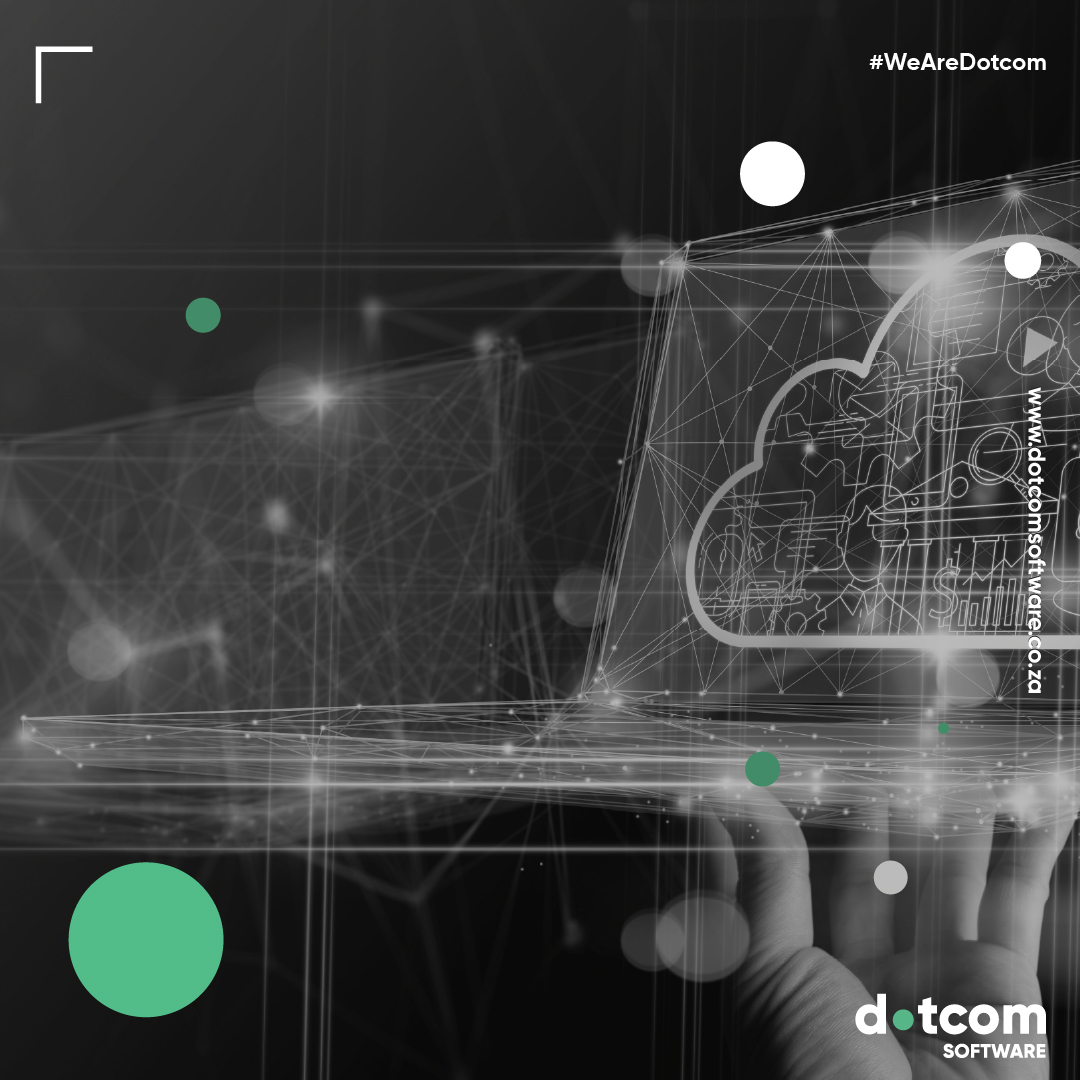


Importance Of Cloud Architecture Integration With Custom Software Solutions
6th Apr, 2023
Overview of Cloud Architecture
Cloud Architecture refers to the design and structure of a cloud computing system. It encompasses the components, technologies, and policies governing cloud resources' delivery, management, and consumption.
Moreover, it provides a blueprint for building and operating scalable, resilient, and secure cloud-based applications and services. Cloud computing aims to provide an efficient platform for delivering cloud services to end users. Research shows that 60% of the world's data is stored in the cloud. It enables organizations to take advantage of cloud computing's significant benefits, including cost savings, improved accessibility, and more.
Components of Cloud Architecture
Cloud architecture typically consists of the following components:
Front-end
This user-facing component interacts with the end-users through web browsers or mobile apps. It provides the user interface and renders the content to the users.
Back-end
This is the component that manages the data and processing and is responsible for delivering the required resources to the front end. The back end includes a number of sub-components, such as;
- Databases.
- Application servers.
- Storage systems.
Network
The network component connects the front-end and back-end, providing a secure and efficient communication channel between the two. This component is responsible for routing the traffic between the various components. It also ensures that the data is transmitted securely and efficiently.
Storage
It provides storage for the data and applications and can include local storage, network storage, or cloud storage. This component is responsible for providing fast, secure, and reliable storage for the data and applications.
Virtualization
Virtualization technologies are used to create virtual machines that provide isolated environments for applications and data. This component allows multiple virtual servers to run on a single physical server. It maximizes the utilization of the underlying hardware resources.
Management and Monitoring
It gives the necessary tools and processes to manage the cloud infrastructure, monitor performance, and ensure reliability and security. This component includes tools for automating the deployment and management of the applications.
Also, it has monitoring tools to detect and respond to performance issues and security threats.
Security
It provides the necessary security measures to protect sensitive data and applications, e.g., encryption, access control, and threat detection and response. This component is responsible for ensuring that the data is transmitted securely. Likewise, it ensures the applications and infrastructure are protected from unauthorised access and threats.
Cloud Architecture Features in Software Development
Let's discuss some main features of cloud computing in software development.
Automation
Cloud architecture provides tools for automating the deployment and management of applications. It alleviates the need for manual intervention and increases efficiency. This enables organizations to streamline their operations and focus on delivering value to their customers. According to the survey, 77% of South African businesses use cloud services in their IT departments.
Scalability
This feature allows the system to dynamically allocate and deallocate resources based on demand. For example, a cloud system can automatically provision additional storage, processing power, or memory. It helps ensure that the system is always able to meet the demands of users, even during periods of high usage.
Resource Pooling
Cloud architecture provides a pool of resources that can be shared among multiple users, applications, and workloads. This allows resources to be efficiently utilized without the need for each user to supervise its own separate resources.
Multi-tenancy
This refers to the ability of a cloud infrastructure to support multiple tenants or customers, each with its own isolated environment. It allows organizations to share resources while maintaining security and privacy.
Elasticity
Cloud architecture allows for the automatic provisioning of resources in response to changing demands. This means that as the demand for resources increases, the system can automatically allocate more resources, and as demand decreases, it can release those resources to conserve capacity and reduce costs.
Resilience and High Availability
Cloud architecture is designed to ensure high levels of resilience and availability, even in the face of failures or disruptions. It is achieved through the use of redundant components, automatic failover, and other reliability features.
Interoperability
Interoperability refers to the ability of cloud systems to work together and integrate with other systems and technologies. This enables users to easily move data and resources between cloud services and to integrate cloud services with on-premise systems and applications.
Cloud-based vs. On-Premise architecture for Software Development
Cloud-based and on-premise architecture are different approaches to deploying and managing IT systems and applications. The choice between cloud-based and on-premise architecture will depend on the specific needs and requirements of the organization.
Difference between Cloud-based and On-premise Architecture
Cloud-based architecture refers to
- A model in which IT resources are delivered over the internet from a remote cloud computing provider.
- This means that the software and hardware are not physically located on the user's premises.
- The provider manages and maintains the infrastructure, including hardware, software, and security, and customers access the services via the internet.
On the other hand, On-premise architecture refers to
- A model in which the IT infrastructure is housed and managed on the premises of the organization.
- The organization is responsible for the maintenance, management, and security of the infrastructure, including hardware, software, and data.
Advantages of cloud architecture in software development
Access to advanced technologies
Cloud infrastructure providers often offer access to advanced technologies and tools. For instance, it offers machine learning and artificial intelligence that can help to improve software development processes.
Better Resource Management
Cloud-based systems make it easier for organizations to manage and allocate resources, such as computing power and storage, to meet the changing needs of their business.
Cost-effective solution
This cloud computing architecture is more cost-effective than on-premise solutions. The users can pay for the resources without having to make significant up-front investments in hardware and software.
Faster and Global Access to Resources
Cloud infrastructure can provide faster and more reliable access to resources, which can speed up software development. It improves the overall efficiency of the development process.
Moreover, this infrastructure can be accessed from anywhere in the world. It makes it easy for organizations to collaborate and share information with stakeholders across multiple locations.
Increased Agility
The cloud architecture provides access to a wide range of advanced tools and services that can help organizations to develop and launch new products and services more quickly.
It can simplify the IT environment by reducing the need for organizations to manage their own infrastructure and software. It mitigates the complexity and improves system compliance.
In short, Cloud architecture has become an increasingly popular approach for organizations looking to improve their IT infrastructure. By leveraging its innovative tools, organizations can gain access to scalable resources that meet their business needs. If you are looking for a top-notch software solution provider Connect with Dotcom.
As a Cloud Solutions Provider, we offer cloud computing-based services and solutions. We have a team of experts to fulfil your cloud computing requirements.
Let’s connect to discuss how we can add value to your business.

